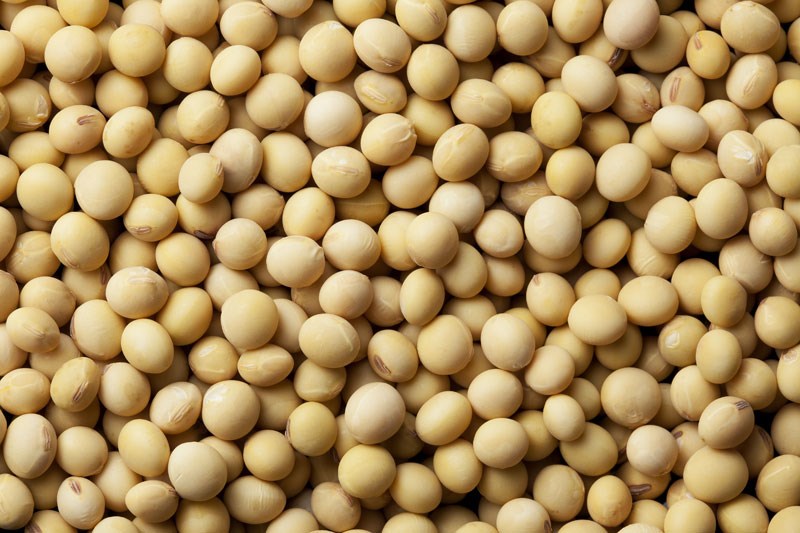As interest in the potential of soybeans for local area farmer grows, so too does interest from companies such as Parrish & Heimbecker.
Last week the grain handling company held an information session on soybeans for farmers in the Yorkton area.
“Soybeans are spreading,” said P&H general David Thomas. “You don’t think about Minnesota being a soybean growing area, but they are the fourth biggest state (in soybean production), and they’re spreading into Manitoba.”
Thomas said it was not long ago Manitoba had only 100,000 acres dedicated to soybeans, but the province now plants about 1.2 million acres.
In East Central Saskatchewan soybeans are now being at least considered as a potential crop by some producers, offered Thomas.
“They’re cheaper to grow,” he said, pointing to the fact as a legume the plants create their own nitrogen, saving farmers from that fertilizer cost.
As a legume soybeans also fit well in a crop rotation with more traditional area crops such as canola and wheat.
Soybeans are a plant which requires a high level of heat units, but Thomas said this area has long sunlight hours which help offset that need somewhat.
“They are a heat-loving plant,” said Thomas, noting “they need warm soil” at planting to germinate.
And varietal development is helping too as new varieties requiring less days and less heat units for maturity are coming out.
“I think varieties are just getting to the point they fit Yorkton,” said Thomas.
As farmers begin growing acres locally, Thomas said they have to find access to market. Internationally soybeans are a huge market, but with so few acres in the area, where to sell them here can be a producer concern. He said since P&H has facilities in areas of Manitoba where soybean acreages are larger, the local spot can be a conduit to a market outlet.
Thomas said while today soybeans locally are a minor crop, they could be the next canola with the right varieties developers.
“It might be eventually that big,” he said.

